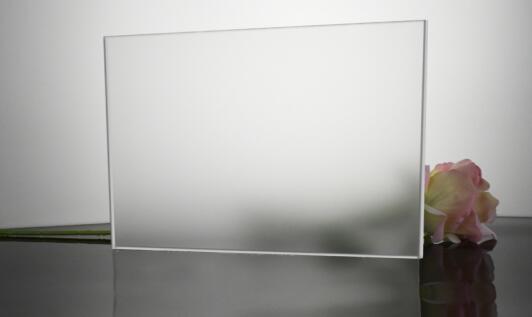-
Mob.:
+86 135 9088 4785
+86 135 9088 4785
The production methods of acrylic sheets mainly include: casting molding, extrusion molding, and injection molding.

Casting molding production method, the casting plate is made of new MMA as raw material. Under the action of the initiator, it is heated and polymerized. When the conversion rate reaches 10%, it is cooled to room temperature. After degassing, it is poured into the template made of inorganic glass. It is heated in the drying room, and after the material is polymerized, it is formed, and the acrylic sheet is covered with film and packaged into a finished product.
Casting production must use molds, and the texture, shape and structure of the product surface are very complex, so the production scale is suitable for small batch production. Products made by casting have high toughness and strength, and are also good for viewing.
Visually speaking, the casting process is like making tofu. An outer frame mold is injected with soy milk, and then a plate is pressed against it, and it solidifies and becomes tofu.
This process can make very thick plates, but the tolerances will be relatively large
Casting plate is harder than extruded plate, lighter and more ductile than glass, and easy to process, form, engrave, bend silk screen, inkjet, etc. It is widely used, such as light boxes, signboards, bathrooms, display racks, acrylic handicrafts, skylights , buildings, etc.
In addition, the sheet after casting needs to be post-treated. The post-treatment conditions are 2 hours at 60 °C and 2 hours at 120 °C.
In the extrusion molding production method, polymethyl methacrylate can also be extruded, and plexiglass plates, rods, pipes, sheets, etc. are prepared with the particles produced by suspension polymerization, but the profiles prepared in this way, especially the plates, Due to the small molecular weight of the polymer, the mechanical properties, heat resistance, and solvent resistance are not as good as those of casting profiles, especially for pipes and other casting molds, which are difficult to manufacture. Extrusion molding can use a single-stage or two-stage vented extruder, and the screw length-diameter ratio is generally 20-25.
The extrusion plate is formed by mechanical extrusion. The extrusion process is like extruding a dumpling skin between two metal drums. The thickness is relatively uniform, but a thicker plate cannot be extruded. The thickest plate in China is usually below 15mm.
The extrusion method can realize large-scale and large-scale production, and the extrusion production method can be fully automated. On the contrary, this advantage also makes the processing inflexible, and the process flow and product model cannot be easily changed. of.
Injection molding production method, injection molding uses pellets obtained by suspension polymerization, and molding is carried out on an ordinary plunger or screw injection molding machine. Typical process conditions of injection molding: injection molding products also need post-treatment to eliminate internal stress. The treatment is carried out in a hot air circulation drying oven at 70-80 °C. The processing time depends on the thickness of the product, generally about 4 hours.
For more information, feel free to contact us.

Copyright ©Kunxin New Material Technology Co., Ltd. All Rights Reserved | Sitemap | Technical Support: 